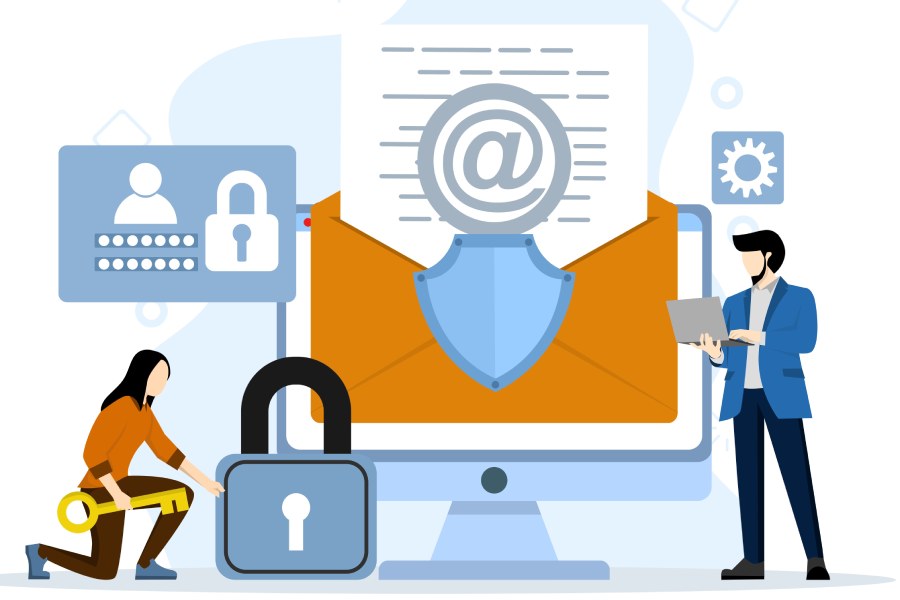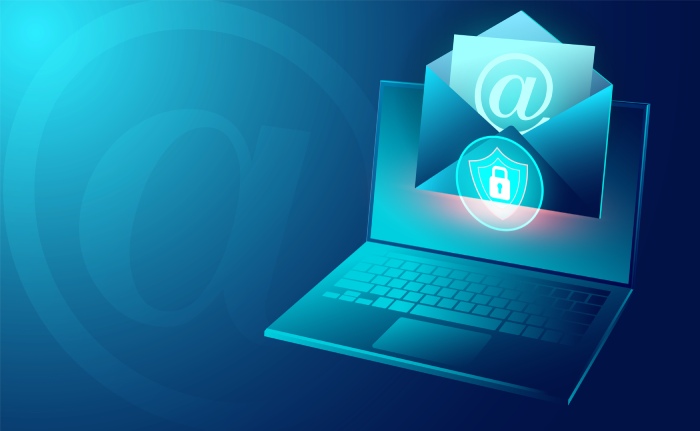Email masking is a technique that alters an email address to protect the actual email from misuse. Email masking can help protect an organization’s email address and that of thousands of its customers. A masked email address retains its original format and cannot be traced back to the actual address.
According to the FBI, phishing has been the most dominant type of cybercrime since the beginning of the COVID-19 pandemic. Email masking is an excellent way of avoiding spam and promoting general email security, privacy, phishing protection, and ransomware protection.
Data Masking and its Types
Data Masking is how a copy of the actual data is generated that obscures specific fields in a data set. Data masking creates an inauthentic version of organization data that is similar to the original. Organizations can use fake data for software testing and user training. Thus it can protect the actual data by providing a functional substitute for instances when actual data is not required. The following are the two major divisions of data masking.
- Static Data Masking: Static data masking is the process of altering sensitive data when sharing copies of a database. The idea is to make a backup copy of the database in production and load it into a different environment to eliminate unnecessary data. Data transferred from the production system to a test or development system before being stored on the hard disk is masked data. Static data masks are used for developing testing, analysis, reporting, technical support, and exchanging databases with third parties.
- Dynamic Data Masking: Dynamic data masking masks data in real-time in production environments. It can make column-level masking on a document so that anyone without the privilege to view data will not see the actual data even when viewing other parts of the file. They see edited views of masked values in their applications instead of actual values.
Email Masking – A Necessity For Organizations
A situation when the customer accounts are under threat or employee accounts are exposed can prove devastating for any organization. Hence, data privacy and protection must be among the top priorities for every kind of organization, big or small.
Organizations can ensure email security for employee and customer accounts by leveraging email masking as part of the email security best practices.
Organizations that use complex and comprehensive email masking techniques have a high chance of identifying individuals deploying spear phishing, spam, and ransomware attacks. An anonymous email does not convey personally identifiable information. This method is suitable for two reasons: it protects the email address and tests whether the correct email has been sent. It also ensures protection against phishing attempts. In email masking, the email remains usable for other businesses for testing and application development purposes.
How Email Masking Protects Against Common Email Threats
Email masking is part of the extensive data masking process, which involves transforming sensitive data such as names, emails, surnames, social security information, and credit card numbers.
The primary aim of email masking is to protect sensitive email data and provide a functional alternative to the actual email.
Email masking is a way to create a fake or realistic version of an organization’s email. Masking emails do not reveal the actual email address and instead replace it with a fake one to add privacy to business emails. Email masking can help safeguard an organization and its customers in many ways. Some of these include:
- Identity Theft Protection: Online identity theft can take place through an email account. It can happen through an online order or any other situation. Attackers can use an individual’s identity for malicious gains. They can impersonate someone for financial fraud or use a victim’s information to infiltrate information systems.
- Breach Protection: Whenever employees or customers sign up or use their email accounts, they put information at risk. If malicious actors compromise the site where the user shares an email address, it creates the risk of a data breach for the whole organization using that email. Masked emails are unique and protect an individual’s email identity. The false data the attacker gets is useless and cannot be used to access further information.
- Spam And Phishing Protection: If one of the visited sites gets compromised, it does not risk the other websites or associated accounts if one uses email masking. Each masked email is unique and keeps the actual email isolated and protected from threats of information leakage. Phishing websites have increased by 27% in twelve months as of January 2021. Using a masked email protects an organization from spam and provides phishing protection. If the spam is identified as coming from a particular address, users can delete the masked email address receiving such emails quickly.
- Safe Testing Environment: Email masking offers a better testing environment. It does not disturb the existing database or affect the deliverability and removes the risk of sending spam emails to real customer accounts.
Final Words
Cyber-attacks are on the rise. Hence, organizations must familiarize themselves with how to protect their business from spear-phishing and ransomware attacks. Phishing prevention is a vital protection strategy today as more and more attackers turn to online scams to steal personal information.
Email masking is highly recommended for organizations and individual users who wish to maintain email security at large. By masking email addresses, one can protect more confidential data such as credit card information, social security numbers, names, addresses, and phone numbers, which can leak via email compromises. Thus, email masking can restrict data breaches significantly.


